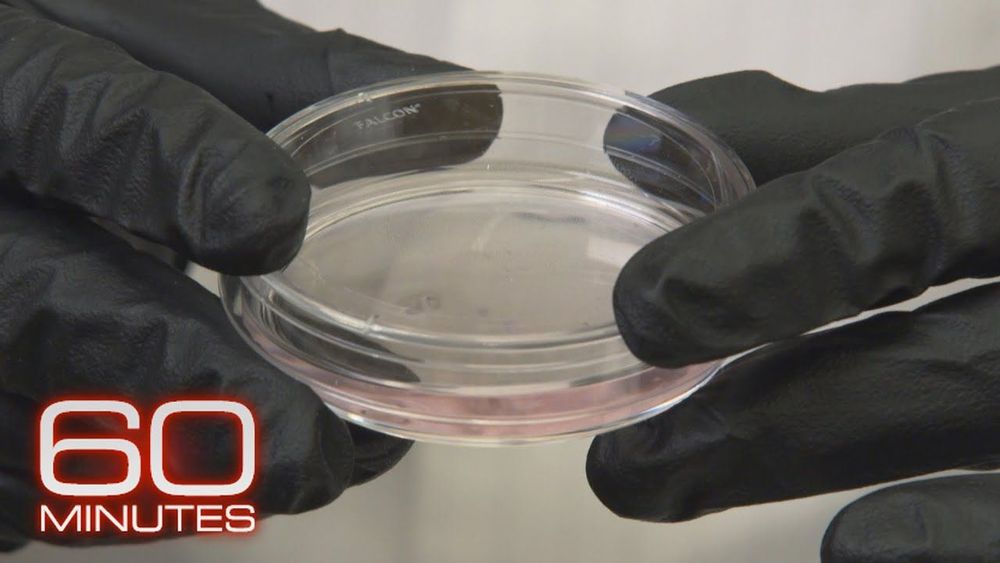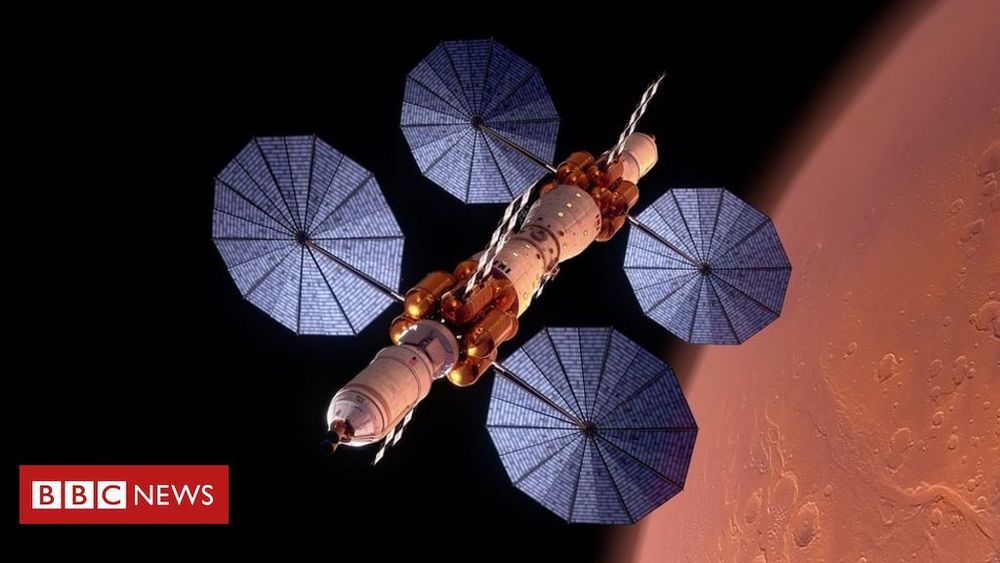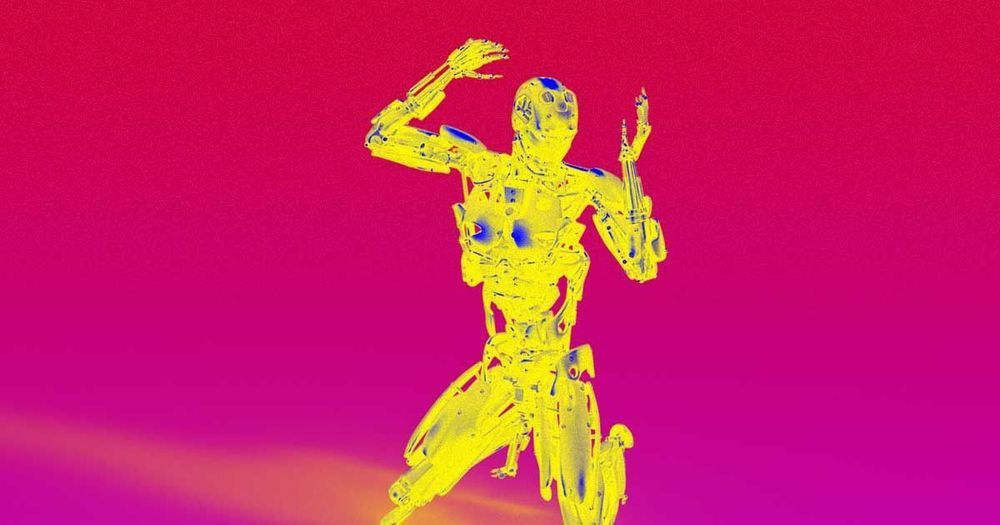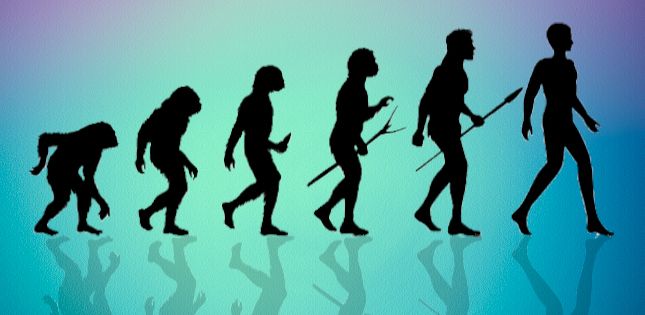Page 8101
Dec 25, 2019
The complicated ethics of genetic engineering
Posted by John Davies in categories: bioengineering, ethics, genetics

With new technology to edit genes, scientists are now working on things that once seemed impossible. But what are the boundaries? See the full 60 Minutes interview with Church, here: https://cbsn.ws/34ZhuTs
Watch Full Episodes of “60 Minutes” HERE: http://cbsn.ws/1Qkjo1F
Get more “60 Minutes” from “60 Minutes: Overtime” HERE: http://cbsn.ws/1KG3sdr
Relive past episodies and interviews with “60 Rewind” HERE: http://cbsn.ws/1PlZiGI
Follow “60 Minutes” on Instagram HERE: http://bit.ly/23Xv8Ry
Like “60 Minutes” on Facebook HERE: http://on.fb.me/1Xb1Dao
Follow “60 Minutes” on Twitter HERE: http://bit.ly/1KxUsqX
Follow “60 Minutes” on Google+ HERE: http://bit.ly/1KxUvmG
Continue reading “The complicated ethics of genetic engineering” »
Dec 25, 2019
Amazing Facts About Our Gut Microbiome
Posted by Paul Battista in category: biotech/medical
Dec 25, 2019
To Make Robots Perform Better, Make Them Constantly Fear Death
Posted by Brent Ellman in category: robotics/AI
So to increase productivity, neuroscientists propose giving IAs self preservation sense.
Robots that fear death 😂😅🤣.
Finally, robots that are actually lifelike.
Dec 24, 2019
Research on Application of Artificial Intelligence in Computer Network Technology
Posted by Müslüm Yildiz in categories: information science, internet, robotics/AI
This paper attempts to apply artificial intelligence (AI) to computer network technology and research on the application of AI in computing network technology.
With the continuous expansion of the application scope of computer network technology, various malicious attacks that exist in the Internet range have caused serious harm to computer users and network resources.
By studying the attack principle, analyzing the characteristics of the attack method, extracting feature data, establishing feature sets, and using the agent technology as the supporting technology, the simulation experiment is used to prove the improvement effect of the system in terms of false alarm rate, convergence speed, and false-negative rate, the rate reached 86.7%. The results show that this fast algorithm reduces the training time of the network, reduces the network size, improves the classification performance, and improves the intrusion detection rate.
Dec 24, 2019
Evolutionary Changes in Brain Potentially Make us More Prone to Anxiety
Posted by Xavier Rosseel in categories: biotech/medical, evolution, genetics, neuroscience
Neurochemicals such as serotonin and dopamine play crucial roles in cognitive and emotional functions of our brain. Vesicular monoamine transporter 1 (VMAT1) is one of the genes responsible for transporting neurotransmitters and regulating neuronal signaling. A research team led by Tohoku University has reconstructed ancestral VMAT1 proteins, revealing the functional changes in neurotransmitter uptake of VMAT1 throughout the course of human evolution.
Human bodies are made up of millions of cells. Each individual contains a specific set of instruction of codes that make up all of a living thing’s genetic material. These instructions are known as genomes. PhD candidate Daiki Sato and Professor Masakado Kawata of the Graduate School of Life Sciences at Tohoku University, and two of the authors involved in the current study, previously discovered VMAT1 to be one of the genes that had evolved throughout human lineage.
VMAT 1 contains two human-specific mutations, or where the genomes changed, with the change being represented as 130Glu to 130Gly and from 136Asn to 136Thr. Previous studies have shown that having the new 130Gly/136Thr variant decreases the uptake of neurotransmitters and is associated with higher depression and/or anxiety. In this study, Sato, Kawata and their colleagues revealed the evolutionary changes in neurotransmitter uptake of VMAT1 by reconstructing ancestral VMAT1 proteins. First they applied a fluorescent substrate to visualize and quantify the neurotransmitter uptake of each genotype. The ancestral (130Glu/136Asn) VMAT1 protein exhibited an increased uptake of neurotransmitters compared to a derived (130Gly/136Thr) genotype. Given that the derived (130Gly/136Thr) genotype is shown to be associated with depression and/or anxiety in modern human populations. “This results of our study reveal that our ancestors may have been able to withstand higher levels of anxiety or depression,” noted the authors.
Continue reading “Evolutionary Changes in Brain Potentially Make us More Prone to Anxiety” »
Dec 24, 2019
Electronics at the speed of light
Posted by Saúl Morales Rodriguéz in categories: computing, mobile phones, physics
A European team of researchers including physicists from the University of Konstanz has found a way of transporting electrons at times below the femtosecond range by manipulating them with light. This could have major implications for the future of data processing and computing.
Contemporary electronic components, which are traditionally based on silicon semiconductor technology, can be switched on or off within picoseconds (i.e. 10-12 seconds). Standard mobile phones and computers work at maximum frequencies of several gigahertz (1 GHz = 109 Hz) while individual transistors can approach one terahertz (1 THz = 1012 Hz). Further increasing the speed at which electronic switching devices can be opened or closed using the standard technology has since proven a challenge. A recent series of experiments—conducted at the University of Konstanz and reported in a recent publication in Nature Physics—demonstrates that electrons can be induced to move at sub-femtosecond speeds, i.e. faster than 10-15 seconds, by manipulating them with tailored light waves.
“This may well be the distant future of electronics,” says Alfred Leitenstorfer, Professor of Ultrafast Phenomena and Photonics at the University of Konstanz (Germany) and co-author of the study. “Our experiments with single-cycle light pulses have taken us well into the attosecond range of electron transport.” Light oscillates at frequencies at least a thousand times higher than those achieved by purely electronic circuits: One femtosecond corresponds to 10-15 seconds, which is the millionth part of a billionth of a second. Leitenstorfer and his team from the Department of Physics and the Center for Applied Photonics (CAP) at the University of Konstanz believe that the future of electronics lies in integrated plasmonic and optoelectronic devices that operate in the single-electron regime at optical—rather than microwave—frequencies. “However, this is very basic research we are talking about here and may take decades to implement,” he cautions.

















